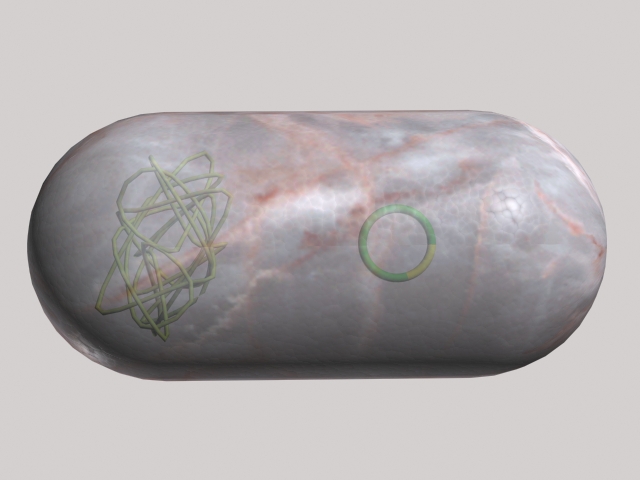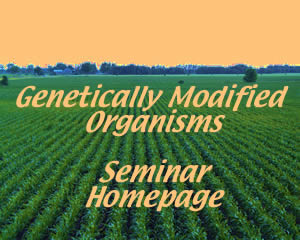Production Methods
Home ¨ Benefits ¨ Production
Methods ¨ Vaccines ¨ Plantibodies ¨ Biopharmaceuticals ¨ Controversy ¨ References

Image
Permission Granted – (Peter
Sforza)
Transgenic
Methods
1)
Agrobacterium tumefaciens Mediated Gene Transfer
Agrobacterium tumefaciens Is a plant pathogen
found in the soil that causes Crown Gall Disease, a disease which results
in tumorous growths in the roots of the infected plant (Shelburne
2002). This pathogen transmits a tumor inducing (Ti)
plasmid from a section of its T-DNA into the infected plant (Shelburne
2002). Once the Ti plasmid is introduced
into the plant cell, the plasmid incorporates itself into the genome and is
transcribed (Shelburne
2002). Researchers can therefore insert a desired genetic
code in place of the Ti plasmid to cause the transcription in results in the
production of a new protein (Shelburne
2002). An advantage of Agrobacterium
Gene Transfer is that the desired gene is actually incorporated into the genome
of the plant which leads to better gene expression and the ability to insert
larger DNA strands into the plant cell (Shelburne
2002). This method for the creation
of genetically modified organisms is one of the most commonly used methods
due to its effectiveness and ease of alteration (Shelburne
2002). Agrobacterium Gene Transfer shows a lot of potential for the creation
of medicinal foods.
Check here for more information on Agrobacterium
tumefaciens Mediated Gene Transfer
or Expression
Plasmids.
2)
Particle Bombardment (Gene Gun)
Particle Bombardment uses a pressurized air
gun to shoot tiny gold or tungsten balls into the plant tissue you are trying
to genetically modify (Watson
2002). These tiny balls are covered
with the genetic material that codes for the creation of the desired protein
(Watson
2002). As these cells rip into
the plant cell, the DNA on these balls is left within the newly breached cell
(Watson
2002). Using recombinant DNA, the newly introduced
DNA is then replicated throughout the cell (Watson
2002). This method is effective
in producing the desired genetically modified organism which due to this method
could be a medicinal food.
Check here for more information on Particle
Bombardment (Gene Gun).
3)
Electroporation
Electroporation is a method which uses an electric
shock stimulus to open pores in a plant tissue (Toran
2002). By opening these pores in the cell wall, DNA
is able to enter into the plant cell (Toran
2002). The DNA in the cell is able
to incorporate itself into the genome which is subsequently transcribed (Toran
2002). This method has been used
effectively in the creation of genetically modified organisms and shows promise
for the creation of medicinal foods.
Check here for more information on Electroporation.
Non-Transgenic
Methods
1) Recombinant
Virus Infection
This method is similar in methodology to the
Agrobacterium Gene Transfer, whereas the
only difference is that the inserted genetically modified material is not
inserted into the plant genome. Instead
the recombinant virus in the plant cell causes the expression of the genetically
induced protein. This method is very
common and viruses like the Tobacco Mosaic Virus have already been used in
the creation of medicinal foods (Giddings,
G. et al 2000).
2) Increased
Gene Expression via Promoter Modulation
Some plant cells already make the protein desired;
however, the plant does not make enough of it to be effective. So, through genetic manipulation scientists
can amplify the gene expression through the modulation of promoters.
Through this alteration, the plant cell will now over-express the gene
resulting in more of that protein.
This webpage
was created by David Shelburne ’04 & Paul Toran ’03 as an assignment for an
undergraduate
course—Bio
361: Genetically Modified Organisms—at
© Copyright 2002 Department of Biology,
Send comments, questions, and suggestions to: dashelburne@davidson.edu and/or patoran@davidson.edu

